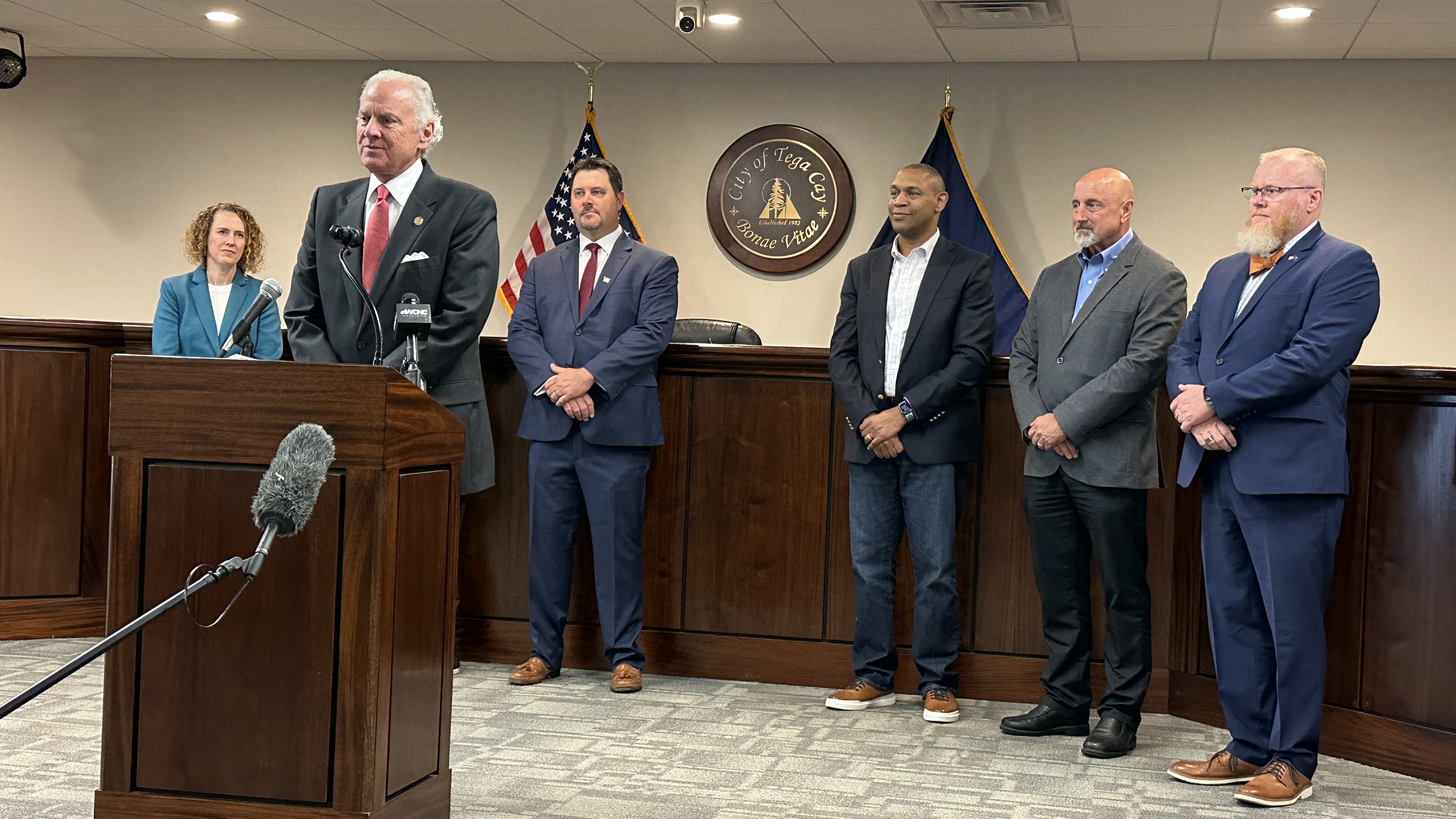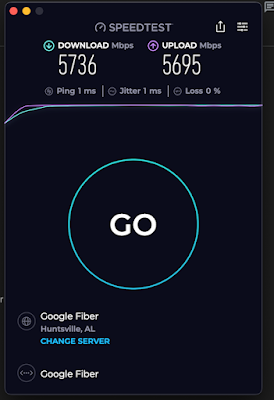
When we started back in 2010, our central tenet — everyone should have access to gigabit internet — was bold. Now, it’s the norm. And it’s time for us to push beyond as the internet develops and grows. We need to keep up with and exceed expectations, so that we can harness that incredible potential. So we are setting another audacious goal to make multi-gig speeds (and yes, up to 20 Gig and beyond) mainstream and accessible. We’ve already got thousands of 5 Gig and 8 Gig customers and have customers using 20 Gig in organizational settings, like our friends at University Missouri - Kansas City and the United Way of Utah County. The age of multi-gig is here, and we’re committed to meeting that challenge.
As the inaugural GFiber Labs project, 20 Gig with Wi-Fi 7 will bring together the most advanced technologies to offer customers a first-of-its-kind in-home internet experience. GFiber will be one of the first ISPs to deploy Nokia’s 25G PON technology, which will allow our customers to break the 10 Gig barrier that limited existing architectures. Nokia’s 25G PON provides up to 10x speeds energy efficiently and without requiring any changes to the existing fiber in the ground.
Additionally, by offering this service with a custom pre-certification Wi-Fi 7 router (another first ever — in fact, Wi-Fi 7 is not even fully certified yet), 20 Gig customers will be able to truly harness all that speed for whatever they dream up. With GFiber Labs, we’re working to get the newest technologies into customers homes even more quickly.

We’ll be sharing more details on this new product offering over the next few months. As a GFiber Labs project, this service will initially be available as an early access offering to a small group of GFiber customers in select areas. If you are interested in potentially receiving an early access invitation, please sign up on the GFiber Labs website (and follow us on social for the latest on all our GFiber Labs projects — Facebook, LinkedIn, X, and Instagram).
Next generation internet will require pushing the boundaries of the entire internet ecosystem. We believe investments in advanced network technologies will catalyze change and be a game-changer for consumers. We’re thrilled to be working with companies like Nokia to move our industry forward. Through GFiber Labs and collaborations like this, we’re building the foundation for tomorrow’s internet. Continue to watch this space for more on 20 Gig + Wi-Fi 7 over the next few months!
Posted by Nick Saporito, Head of Product.












.jpg)











